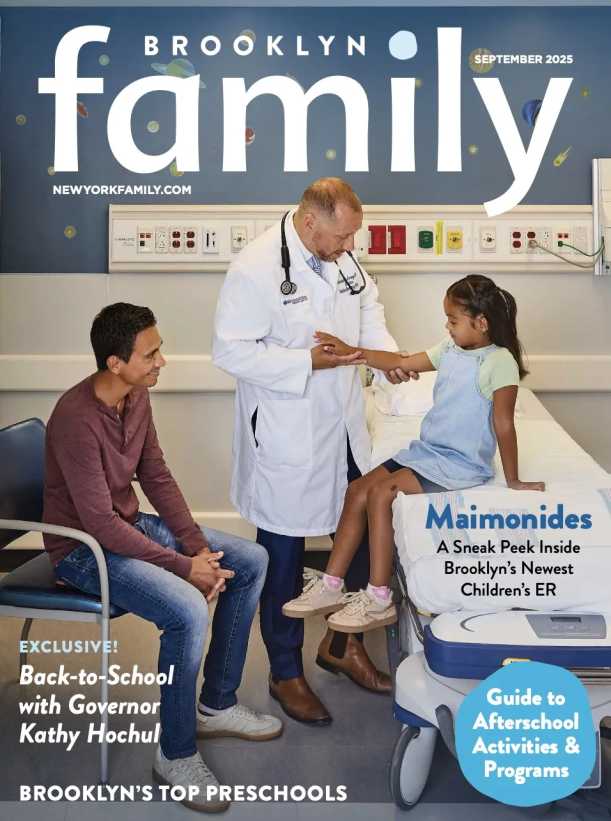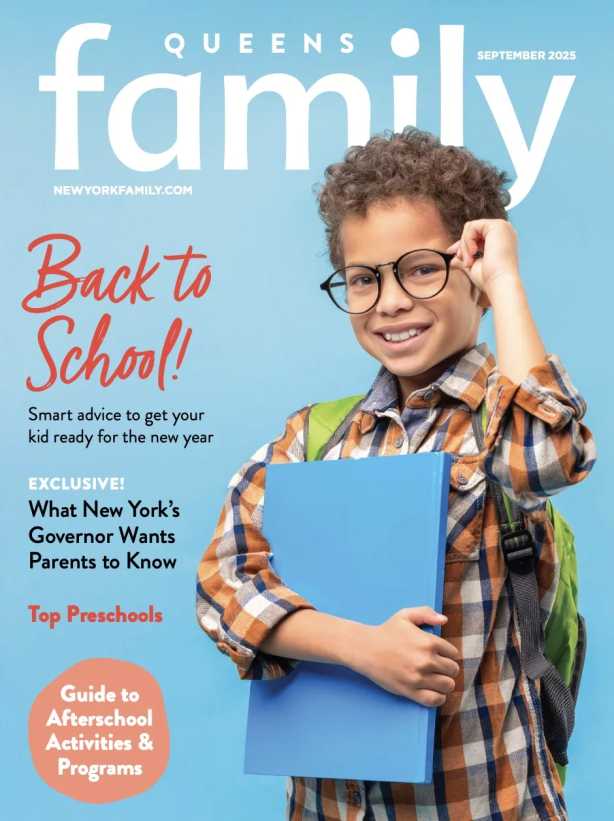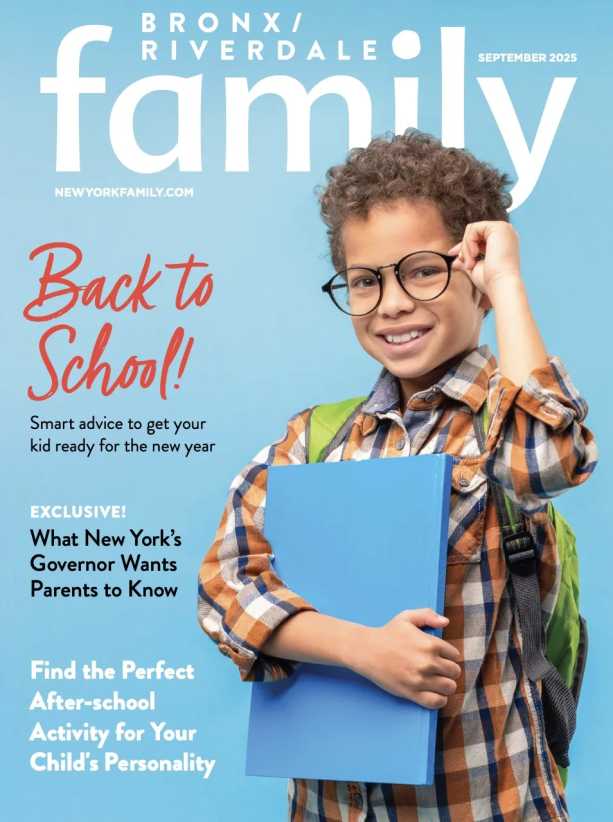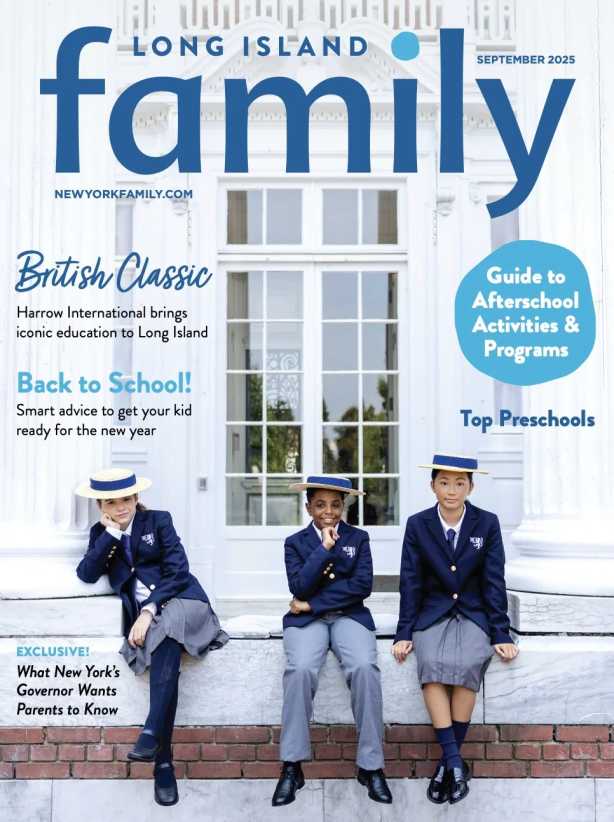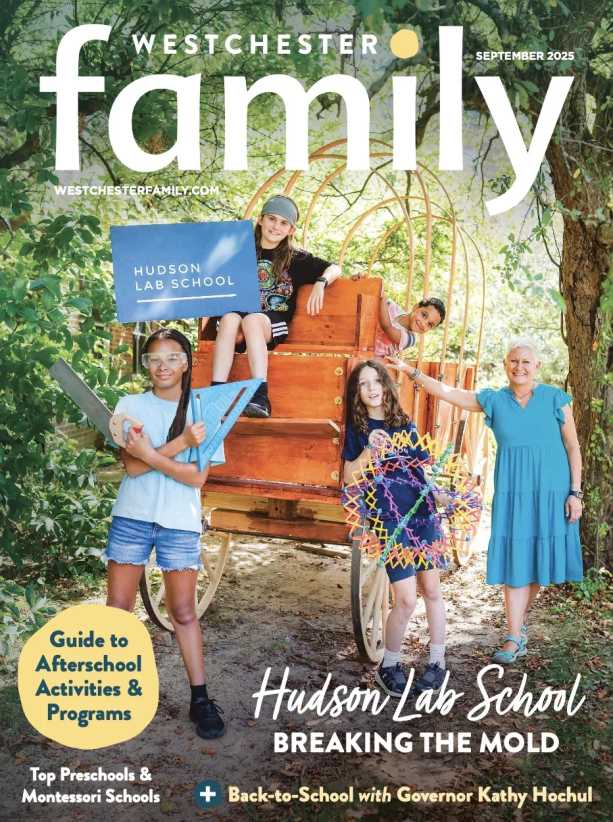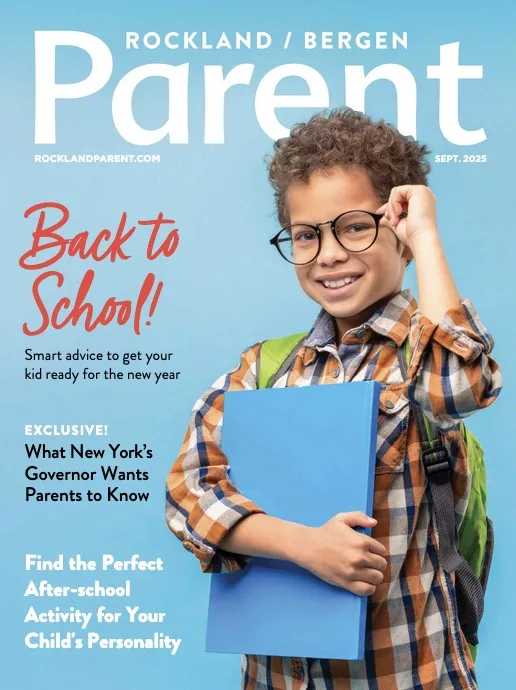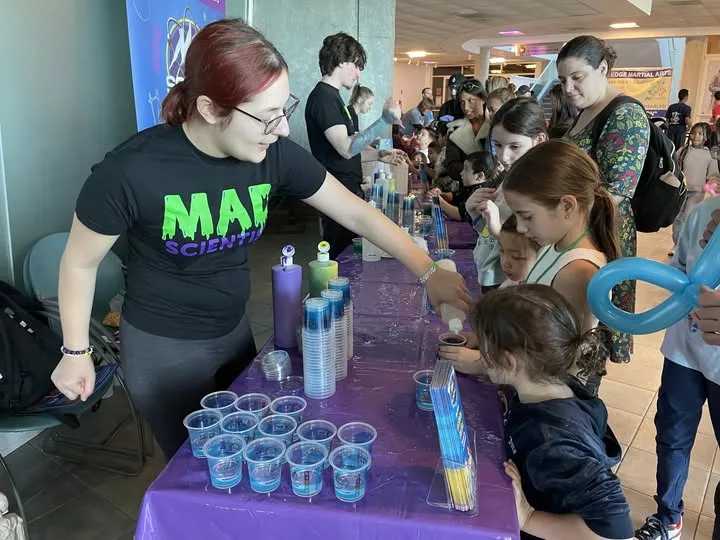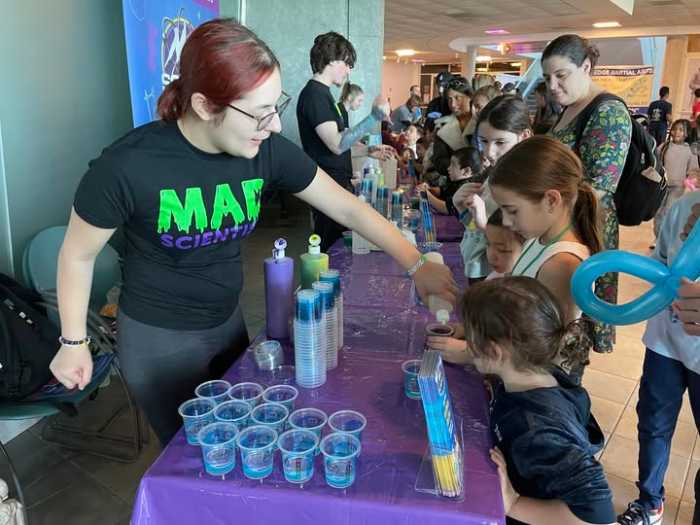
Paul Fontana, assistant director of QuickStart Tennis Programs, has been teaching tennis for 30 years. Affable, knowledgeable, and highly experienced, his love for the game is still as palpable as the excitement of his students on the court. On a recent Saturday morning at a 10th–floor gym at Avenues: The World School in Chelsea, Fontana’s little students, oblivious to the rain and November cold, were arranged in groups of four, and determinedly running drills, exchanging volleys, sharpening their skills, and one more thing: Having a blast.
Fontana is just one of a dynamic group of individuals who serves up the game of tennis for kids in a revolutionary program called QuickStart Tennis. QuickStart is aimed at kids ages 4 and up, and its philosophy of catering to young learners has literally changed the game. Piloted in 2011 at Roosevelt Island Sports Park under the leadership of Xavier Luna, QuickStart Tennis “makes tennis accessible to children without dumbing down its integrity or crushing the budding athleticism of eager novices. Luna, director of Advantage Junior Programs, reveals that one of the secrets of their success is the use of low-pressure “real” tennis balls with four different foam levels as children advance in both dexterity and skill.
“ROGY,” as the acronym is affectionately known, stands for a color-coded spectrum of tennis balls that range from red, to orange, to green, and ultimately, to yellow. During the course of a child’s instruction, tennis balls steadily increase in pressure, speed, and size so that children and beginners of all ages can focus on making contact and perfecting specific techniques rather than missing left and right and spending much of their time playing a game of pickup (ie: collecting stray balls that have littered the court). This unique approach allows QuickStart to teach its students on both smaller courts and on faster surfaces such as rubberized and wood gymnasium floors.
In accordance with the United States Tennis Association and the International Tennis Federation, QuickStart Tennis conducts their lessons on tennis courts that have been appropriately “down-sized” and are correctly proportional for children under the age of 10. This way, the game can be taught so that children are not overwhelmed by an unwieldy playing field that is disproportional to their height. “This use of balls, racquets, nets, and courts specific to children is a major development in tennis,” Fontana explains. “Not only does it make the game more ‘user-friendly,’ but it also allows children to have success more rapidly. It’s developmentally advantageous.”

As I watch children eagerly assemble up at the net to return the serve of their instructor at the gym in Chelsea, all of them successfully manipulating their racquets, Fontana draws an analogy. “Imagine a child trying to shoot a basketball on the same court as Michael Jordan,” he says. “It’s ridiculous, right? At QuickStart, the courts are appropriate. We want children to have fun and gravitate to positive-ness. As instructors, we need to bring to the equation a fun, safe environment and also make sure that learning is involved.” The goal of QuickStart, he adds, is to “teach children the basic fundamentals in a friendly, comfortable environment and to embrace tennis as a life-time sport. If they can learn early, they can enjoy it and go well beyond that.”
But it’s not just the physical game that QuickStart promotes. Both Luna and Jonathan Lipsit, director of education programs, agree that they are teaching children life skills that are applicable off the tennis court as well. “We’re not only passionate about teaching children how to play tennis correctly for life, but the game also includes instilling self-responsibility, listening, problem solving, critical thinking, socialization, [and] learning how to interact with each other as well as learning how to throw, catch, hit, and to control their bodies while holding a racquet,” Lipsit emphasizes.
QuickStart has been so successful, in fact, that according to its manager, Jennifer Buxton, they may soon be start programs for toddlers, beginning around age 2. “Coming down the road are classes such as ‘Mommy and Me,’” she says. “We’re also especially unique in that we have over six locations and we’re reaching out to communities all through the city as well.”
QuickStart offers class instruction on the school calendar (i.e. fall, winter, and spring), and then weeklong camps in summer. Its six primary locations are Manhattan Plaza Racquet Club, New York Tennis Club, Roosevelt Island, Avenues: The World School, Columbia Prep School, and Hunter College.
If your child is too scheduled during the academic term, QuickStart conveniently runs Holiday Camps during winter and spring breaks. Even more fun—according to Buxton—are its new Play Days. “We’ve just piloted ‘Play Days’ for children at a few sites on Saturdays and Sundays for an hour and a half of fun, games, and time to practice what they learn in lessons,” she says. “Plus some of them include parent and child sessions, which have also been popular!” Also, for special occasions in the community, like street fairs, QuickStart will bring along their portable nets and offer pop-up classes and clinics.
As for their continued expansion, Lipsit predicts that the program is only going to continue to grow. “We’re already in our fourth year with over 400 children and it’s just the beginning,” he says. “The possibilities are endless.”
And as their popularity increases, so does the program’s sense of passion and drive for excellency. “What we are always trying to improve is the quality of our product,” Fontana concludes. “We’re passionate about teaching children how to play tennis correctly for life.”
To learn more, visit advantagetennisclubs.com.

